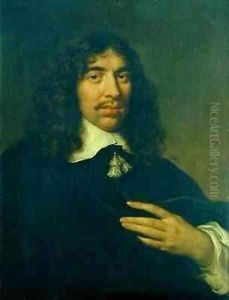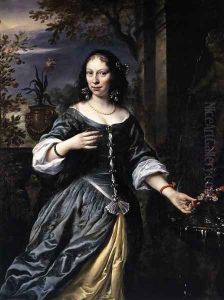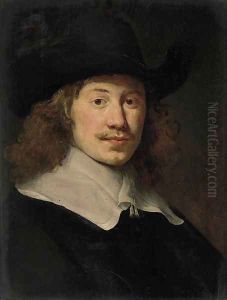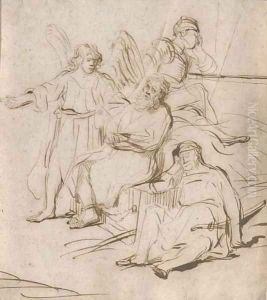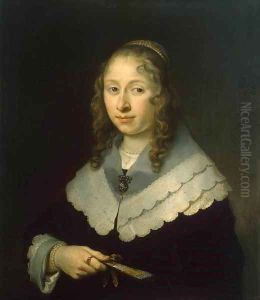Govert Teunisz. Flinck Paintings
Govert Teunisz. Flinck was a Dutch painter of the 17th century, born on January 25, 1615, in Cleves, which was then part of the Duchy of Cleves (now in modern-day Germany). Flinck was one of the prominent artists of the Dutch Golden Age, renowned for his portraiture, historical scenes, and genre paintings. He moved to Amsterdam in 1633, where he became a pupil of the famous painter Rembrandt van Rijn. Under Rembrandt's tutelage, Flinck adopted his master's style and techniques, which were characterized by dramatic use of light and shadow, rich coloration, and a focus on the emotional and psychological depth of the subjects.
Flinck's early work was heavily influenced by Rembrandt, and he was particularly adept at creating portraits that were intimate and revealing of the subject's character. However, as his career progressed, he developed a more individual style, characterized by a lighter palette and a softer touch, which distinguished him from his teacher. Flinck received numerous commissions for portraits from the wealthy burghers of Amsterdam, and his success in this genre led to further commissions for historical and allegorical paintings. Among his notable works are the historical paintings that he was commissioned to create for the new town hall of Amsterdam, which is now the Royal Palace.
Despite his initial success, Flinck's later career was not without challenges. His attempt to complete a major commission for the Orange Room in the Amsterdam town hall, which included large-scale historical paintings, was not finished due to his untimely death. Govert Flinck died on February 2, 1660, in Amsterdam. His works, however, continued to be appreciated after his death, and they remain a testament to the richness of the Dutch Golden Age of painting. Flinck's art is characterized by its elegance, refined brushwork, and the effective portrayal of texture and materials, all of which have secured his place among the notable artists of his time.

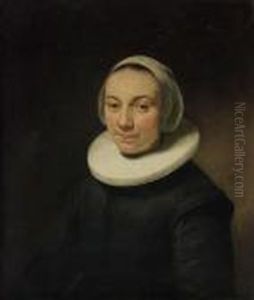
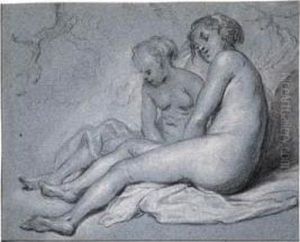



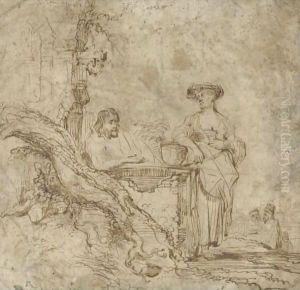


















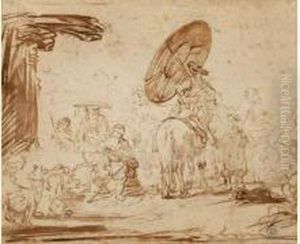
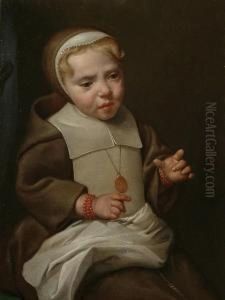
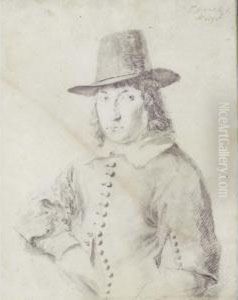
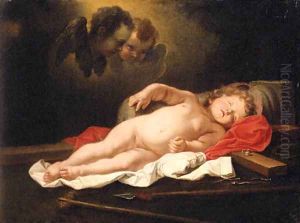





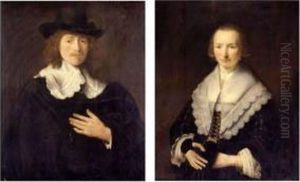







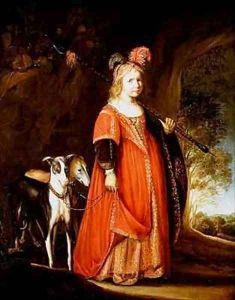


![The Company of Cpt. Aelbert Bas and Lt. Lucas Conijn [detail #]](https://www.niceartgallery.com/imgs/161380/s/govert-teunisz-flinck-the-company-of-cpt-aelbert-bas-and-lt-lucas-conijn-detail--2587c88b.jpg)
